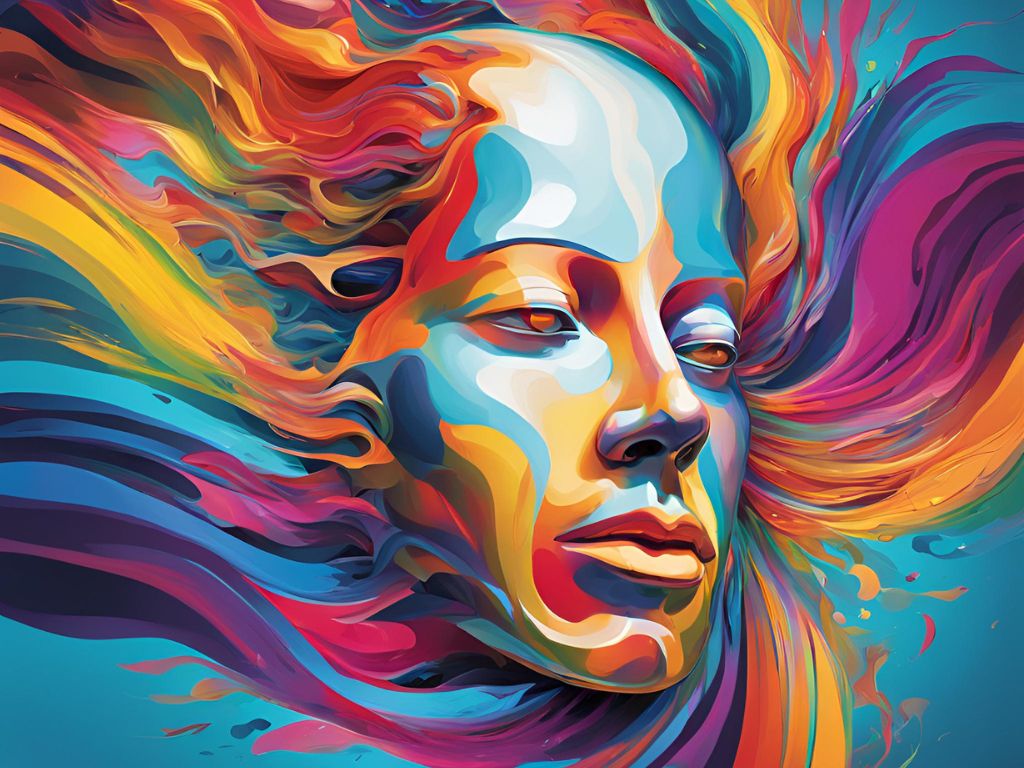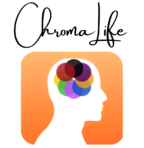[read-time]

Introduction to color psychology
Color psychology is a fascinating field that explores the profound impact colors have on our emotions, behaviors, and even personalities. Have you ever wondered why certain colors evoke specific emotions within you? Why some hues make you feel energized, while others instill a sense of calm? The answer lies in the realm of color psychology.
Colors are more than just visual stimuli; they possess an inherent power to shape our moods, thoughts, and actions. From the vibrant reds that ignite passion to the serene blues that promote tranquility, each color carries its own unique psychological significance. Understanding this intricate relationship between color and the human psyche can unlock invaluable insights into our innermost selves.
The science behind color psychology
Color psychology is rooted in scientific principles that delve into the physiological and psychological responses triggered by different wavelengths of light. Our eyes and brains are wired to perceive and interpret colors in specific ways, influencing our emotional states and cognitive processes.
Researchers have discovered that colors stimulate different areas of the brain, leading to variations in hormone production, heart rate, and even blood pressure. This intricate interplay between color and our biological systems forms the foundation of color psychology, making it a fascinating interdisciplinary field that combines elements of psychology, neuroscience, and visual perception.
How colors influence emotions
Colors have the remarkable ability to evoke a wide range of emotions within us. From the warmth and energy of reds and oranges to the coolness and serenity of blues and greens, each hue elicits a distinct emotional response.
- Warm colors like red, orange, and yellow are often associated with feelings of excitement, passion, and energy. They can stimulate appetite, increase heart rate, and even trigger feelings of anger or aggression.
- Cool colors like blue, green, and purple tend to have a calming and soothing effect, promoting relaxation and tranquillity. They can lower blood pressure and heart rate, making them ideal for creating a peaceful environment.
- Neutral colors like white, black, and grey can convey a sense of simplicity, sophistication, or even sadness, depending on the context and cultural associations.
By understanding the emotional impact of colors, you can harness their power to create specific atmospheres, influence moods, and even shape behaviors.
The impact of color on personality
Beyond influencing emotions, colors also play a significant role in shaping and reflecting our personalities. The colors we are naturally drawn to can reveal aspects of our character, preferences, and tendencies.
- Extroverts often gravitate towards bold, vibrant colors like red, orange, and yellow, which mirror their outgoing and energetic personalities.
- Introverts, on the other hand, may find solace in cooler, more subdued hues like blue, green, and purple, reflecting their introspective and calm nature.
- Those with analytical and logical personalities may resonate with neutral colors like black, white, and grey, which symbolize simplicity and order.
By understanding the connection between color preferences and personality traits, you can gain valuable insights into your own character and that of others around you.
Each color carries its own unique psychological associations and meanings. Here’s a brief overview of some of the most commonly recognized colors and their psychological implications:
By understanding the psychological associations of different colors, you can leverage their power to create specific moods, convey messages, or even influence behaviors.
Using color psychology in branding and marketing
The principles of color psychology have found widespread application in the world of branding and marketing. Companies carefully select color schemes for their logos, products, and advertising campaigns to evoke desired emotions and convey specific brand messages.
- Fast-food chains often use vibrant reds and yellows to stimulate appetite and create a sense of energy and excitement.
- Luxury brands frequently employ rich shades of purple and black to convey sophistication and exclusivity.
- Environmental and health-conscious companies often incorporate shades of green to symbolize nature, growth, and wellness.
By strategically employing color psychology, brands can effectively communicate their values, evoke specific emotions in their target audience, and ultimately influence consumer behavior.
How to assess your personality through color
If you’re curious to discover more about your personality through the lens of color psychology, there are various tools and assessments available. One popular approach is the color personality test, which involves selecting colors that resonate with you and analyzing their psychological implications.
Online color personality tests: Many websites offer personality tests that ask you to choose your favorite colors or rank them in order of preference. Based on your selections, the test provides insights into your personality traits, strengths, and potential areas for growth.
Our test goes a step further by asking a range of questions which, ultimately, brings into focus your most predominant color. You can join our newsletter to discover how you can develop your foremost color trait and even strengthen your lesser predominant colors. Our assessment is a fun and insightful tool for self-exploration.
Applying color psychology in your daily life

Understanding the principles of color psychology can have practical applications in various aspects of your daily life. Here are some ways you can harness the power of colors in your life:
- Home décor: Choose color schemes for your living spaces that align with the desired mood and atmosphere. For example, use warm, vibrant colors in social areas to promote energy and liveliness, and cooler, calming hues in bedrooms or meditation spaces for relaxation.
- Wardrobe choices: The colors you wear can influence your mood and how others perceive you. Experiment with different color combinations to see how they impact your confidence, energy levels, and overall demeanor.
- Productivity and focus: Surround yourself with colors that support your goals and tasks. For instance, use shades of green or blue to promote concentration and focus, or incorporate pops of yellow or orange to boost creativity and motivation.
- Stress management: Incorporate calming colors like blue, green, or lavender into your environment to create a sense of tranquillity and reduce stress levels.
- Personal growth: Use color assessments and personality tests to gain insights into your inherent preferences, strengths, and areas for growth. This self-awareness can aid in personal development and decision-making processes.
Conclusion:
Harnessing the power of color psychology for personal growth and well-being
The world of color psychology is a fascinating realm that unveils the profound connection between colors and our emotions, personalities, and behaviors. By understanding the psychological impact of different hues, you can harness their power to create specific moods, influence perceptions, and even shape your own personal growth and well-being.
Whether you’re exploring color personality assessments, applying color psychology in your daily life, or simply appreciating the vibrant tapestry of colors around you, embracing this field can lead to valuable insights and a deeper understanding of yourself and others.
Discover your color traits – buy our personality color assessment today. Also, subscribe to our newsletter.
So, embrace the power of color psychology and embark on a journey of self-discovery, personal growth, and a more vibrant, harmonious life.
FAQs
What is color psychology?
Color psychology is the study of how colors affect human behavior, emotions, and perceptions. It explores the impact of different hues on mood, decision-making, and physiological responses.
How does color psychology influence marketing and branding?
Color psychology plays a crucial role in marketing and branding by: Evoking specific emotions and associations; Influencing purchasing decisions; Enhancing brand recognition and recall; Communicating brand values and personality.
Can color preferences vary across cultures?
Yes, color associations and preferences can differ significantly across cultures. For example: White symbolizes purity in Western cultures but can represent mourning in some Eastern cultures. Red is often associated with luck and prosperity in China, while it may signify danger or warning in Western contexts.
How does color psychology affect workplace productivity?
Colors in the workplace can influence: Mood and stress levels; Concentration and focus; Creativity and problem-solving abilities; Overall job satisfaction and productivity.
How do colors influence learning and memory?
Colors can impact cognitive processes by: Enhancing attention and focus; Improving information retention and recall; Reducing eye strain during long study sessions; Creating a more engaging learning environment.
